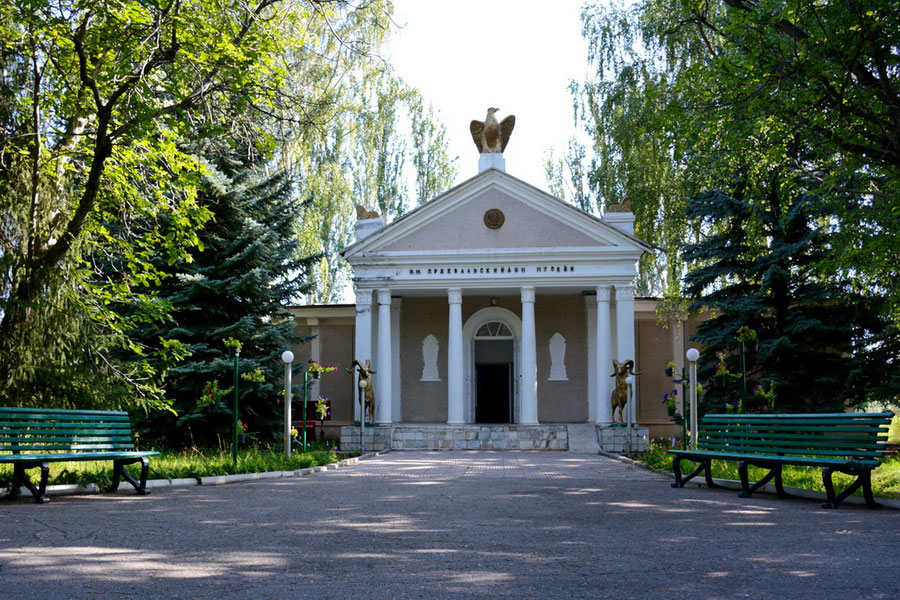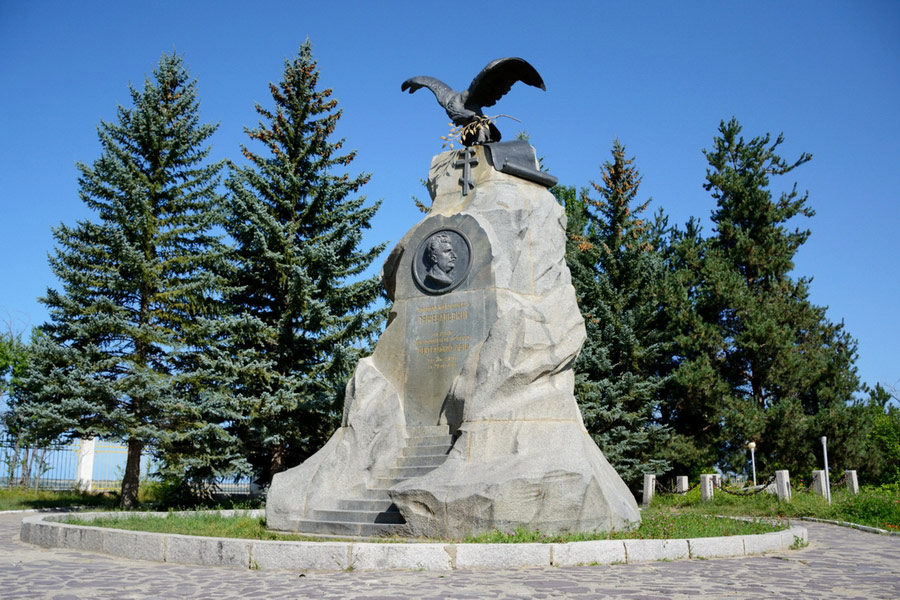
Nikolay Mikhailovich Przhevalsky (Przewalsky) was one of most celebrated geographers of Central and East Asia. He was a prolific mapper and cataloger, learning about and reporting back on the flora, fauna, mountain ranges, and people of Mongolia, Turkestan, China, and Tibet. Following his death in Karakol, in 1888, the town was renamed after him, and afterwards the museum was opened in honor of his life.
During his four expeditions across Central Asia, Przhevalsky collected thousands of samples of plants and animals, and mapped thousands of square kilometers. His maps were crucial to understanding exactly where mountain ranges started and ended, and what sorts of plants and animals were living in the area. Przhevalsky was the first European since Marco Polo to visit Qinghai Lake in the Tibetan Plateau, though he never reached his ultimate goal of Lhasa, Tibet. The Przhevalsky’s gazelle and Przhevalsky’s horse are both named after him, as well as several species of plants and reptiles.

In 1888, Przhevalsky contracted typhus from the Chu River on the eve of his fifth expedition, and died not far from Karakol. His body was buried on the shoreline of Lake Issyk-Kul. The Tsar changed the name of Karakol to Przhevalsk in his honor, and in 1991 it was changed back to Karakol.
The Przhevalsky Memorial Museum was opened in 1957, and includes documents and exhibits from the USSR Geographical Society. Today, there are documents, photos, and personal items from Przhevalsky’s life. Nearby is his tomb and a monument to his life. One issue is that the explanations for the exhibits are only in Russian, so some visitors may find it hard to understand the museum.

